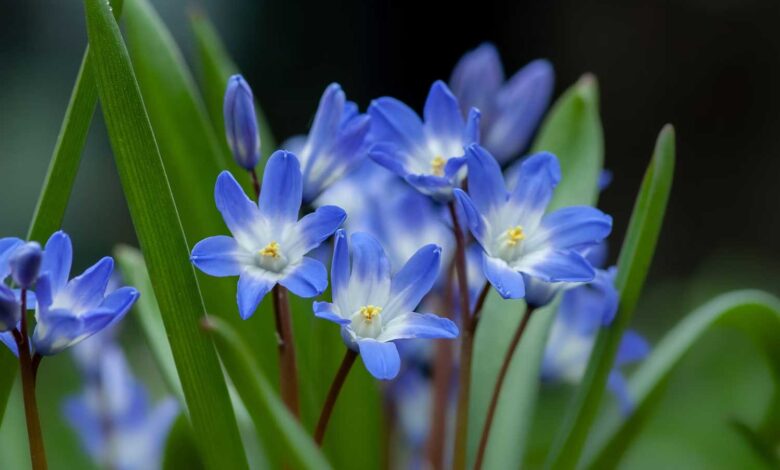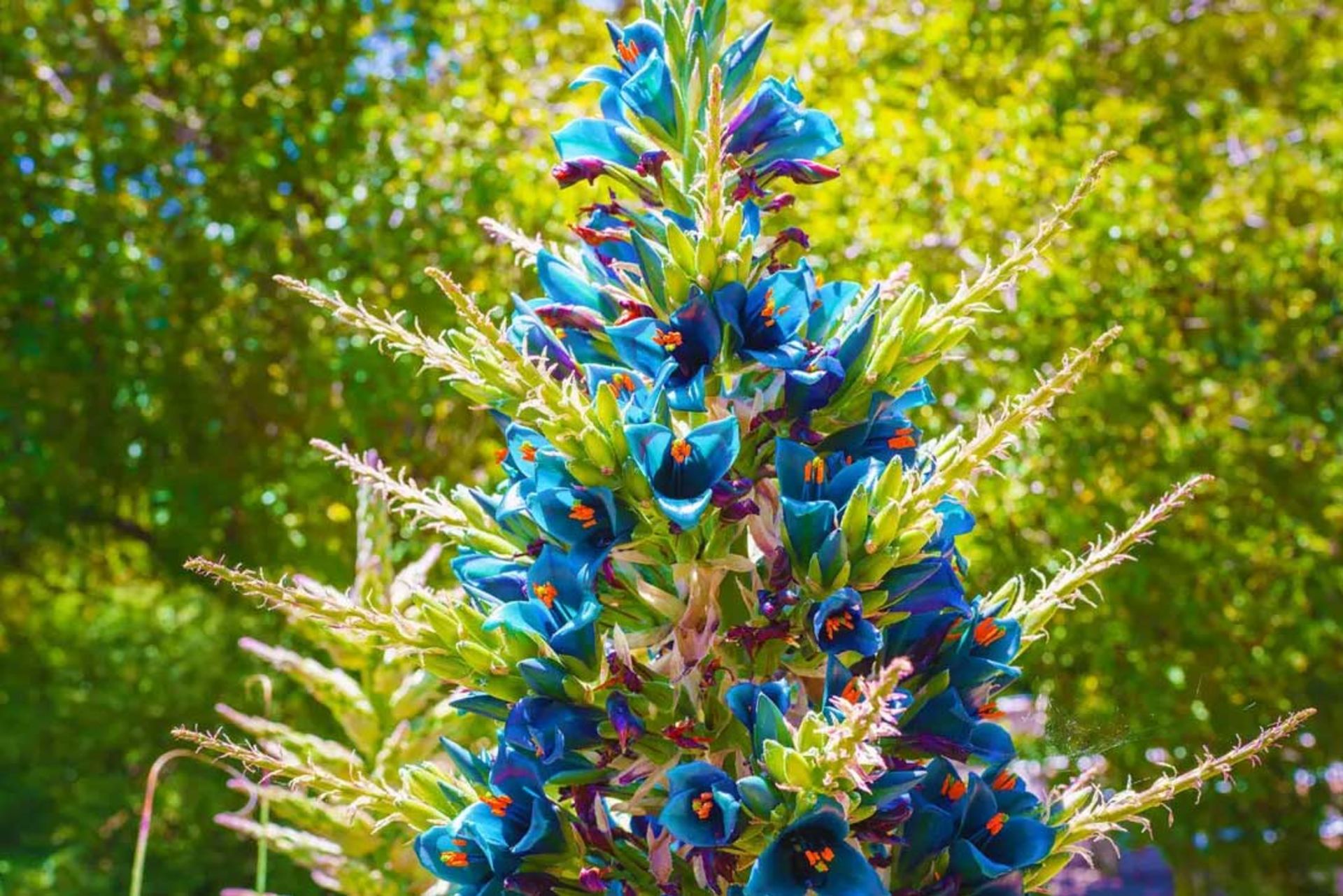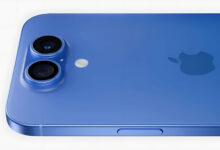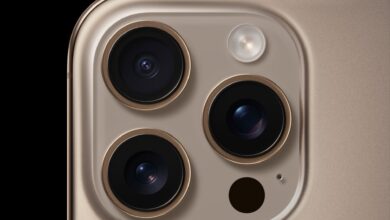
If there is one color that is almost entirely associated with nature, it is green. Green is prominent in the plant kingdom. When we start thinking about fruits and flowers, more colors come next to green; But there is one exception: blue flowers seem to be found almost nowhere.
Of course, it is not that there is no blue color between the plants. Several common garden species such as hydrangeas, wheatgrass and dill are available in true blue varieties, as well as stunning rare plants such as blue dynamic plant or sapphire tower.Puya alpestris) with a beautiful azure blue color. some zool species (Eryngium) even have neon blue stems.
However, blue in general, although it is the favorite color of humans, is rarely found in the realm of plants and animals. What is the cause of this issue?
Instead of absorbing the high energy of blue light, blue plants reflect it
Plants use light to produce the energy needed for life through the process of photosynthesis. In the full spectrum of visible light colors, blue is the most energetic color and plants absorb a lot of it. Plant pigments appear in the color of light they reflect, not the color they absorb. So instead of absorbing the high energy that blue light provides, blue plants reflect it, which is not a good strategy for maximizing growth, which is why most plant stems and leaves are not blue. Instead, they contain chlorophyll, which reflects green light and makes the natural world look so green.
However, when it comes to flowers, blue may be beneficial, helping plants attract pollinators in a busy field of yellow and red flowers. A recent study on this topic suggests that water lilies are closely related to bees, the pollinating insect.

Dr Adrian Dyer“Bees have photoreceptors that are sensitive to UV, blue and green wavelengths, and also prefer ‘blue-gray’ colors,” writes Associate Professor at the Royal Institute of Technology Melbourne and author of the study in The Conversation. Dyer added that the reason why bees prefer blue flowers is not yet clear. However, research data clearly shows that flowers that require bees and insects for pollination often have blue pigments to attract insects; Because bees prefer bluish colors. In contrast, flowers that do not rely on insects for pollination do not produce blue pigments.
But although blue flowers can be useful for some plants in the competition for the attention of bees, making a blue pigment is not an easy task. Centuries ago, when humans also tried to start making blue paints, they realized this.
In order to make blue color, due to its rarity in nature, man had to try and make the color himself. The world’s oldest known synthetic pigment is Egyptian blue, but thousands of years before that human art had been heavily colored in shades of red and brown.
The new blue pigments are still very valuable today; Because it is difficult to create or find stable water compounds both in nature and in scientific research. In 2009, a team at Oregon State University accidentally produced YInMn blue (YInMn blue). The discovery of the new blue pigment was a remarkable achievement, as blue is in demand for a variety of applications such as art, design and technology, but it is difficult to produce with consistent results.
The pigments responsible for the blue color of many rare flowers are called anthocyanins. More than 600 anthocyanins have been identified, which are classified into six groups. The presence of a special pigment of anthocyanins in the plant is only one of the factors that determine the color of the plant. Anthocyanins may also undergo changes, interact with metals or other pigments, and even be affected by the pH of the surrounding environment to produce a range of colors.
It is important for the flower what the bees see
While the many complexities apparently make it difficult for plants to achieve true blue color, there is another problem. We may not see much blue in the natural world around us, but the species that really matter don’t perceive color the way we do.
“While humans perceive blue as a less evolved color in nature, it is essential to understand signaling using models of relevant biological observers,” Dyer and his team wrote in their paper. In other words, it doesn’t really matter what we see, it matters what the bees see.
“Reflective short-wavelength blue flowers are abundant in nature, given the color vision and preferences of bees,” the researchers concluded. There are more blue flowers than you think; Only our human eye cannot detect them. Fortunately for plants, the vision of bees is important, not how the human eye and brain process the environment.









